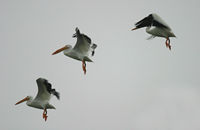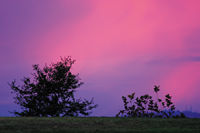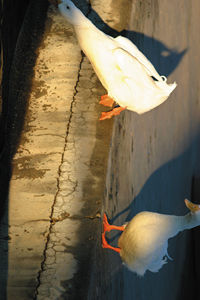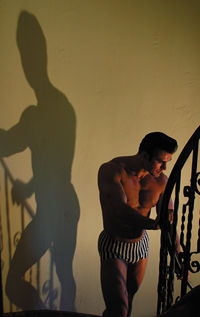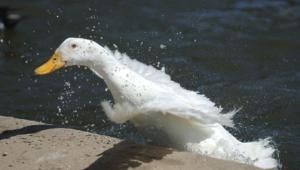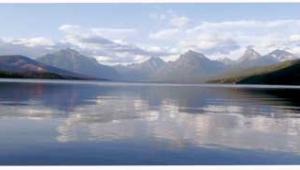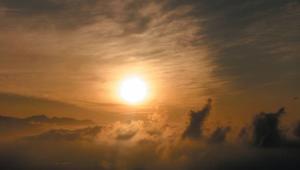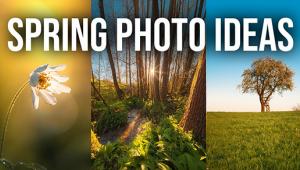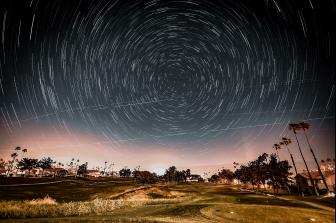Photographic SuperCourse: Composition Page 3
|
Patterns
Patterns are more complex than lines, but can make interesting subject matter. Plants provide a host of natural patterns for you to find and photograph, but there are lots of other sources, too. Repeated shapes occur throughout the natural and man-made worlds; keep an eye out for them. |
|
Color
Color makes a great subject for a photo, but you generally still want to compose the picture. A random blur of colors doesn't necessarily make for a great photograph. |
|
Point of View
Where you choose to put the camera has a big effect on the resulting photo. Most people shoot most of their shots from human eye level. This has the advantage of looking "normal," because that's where we view almost everything from. But you can add interest to your images by shooting some from anywhere but human eye level. |
- Log in or register to post comments


